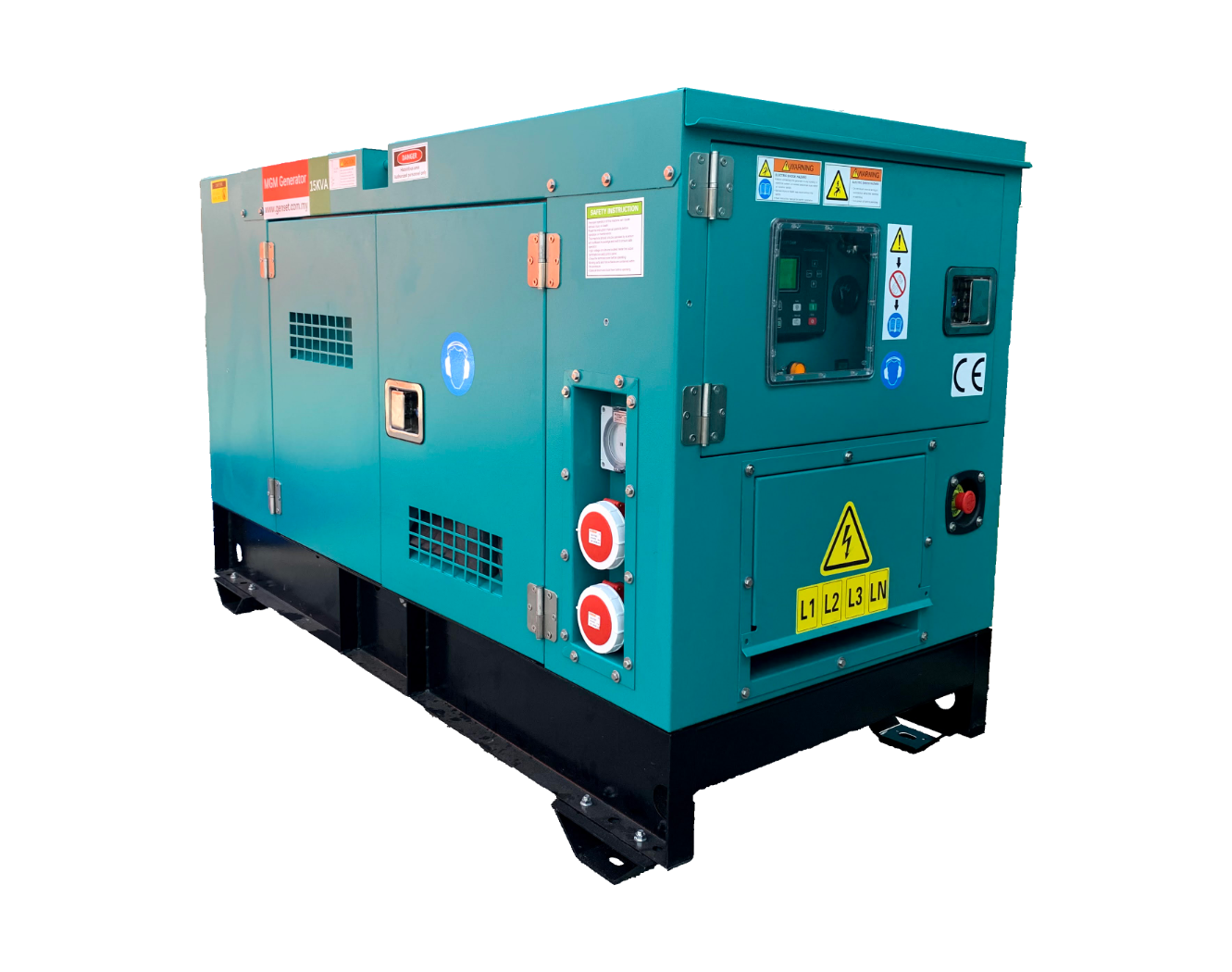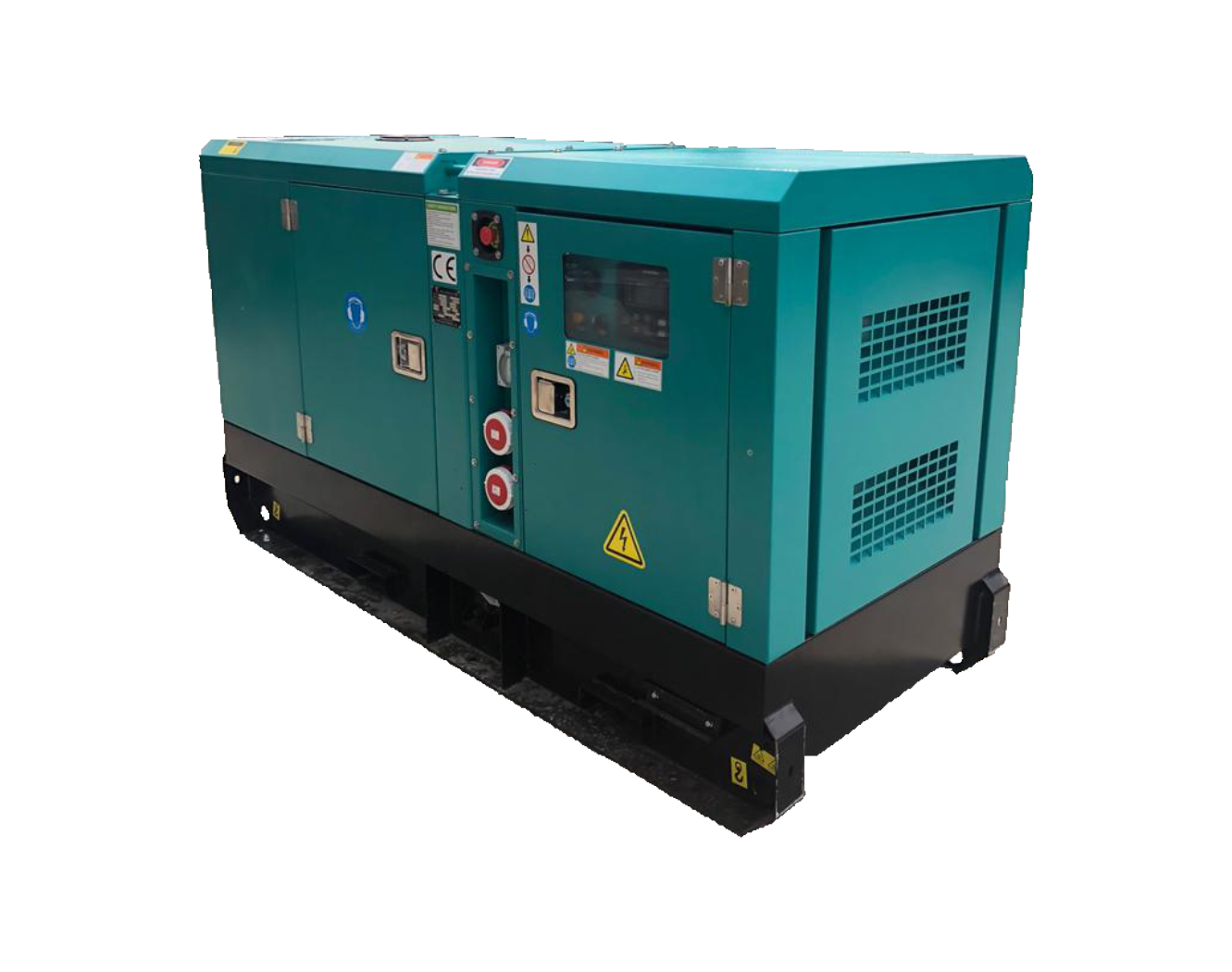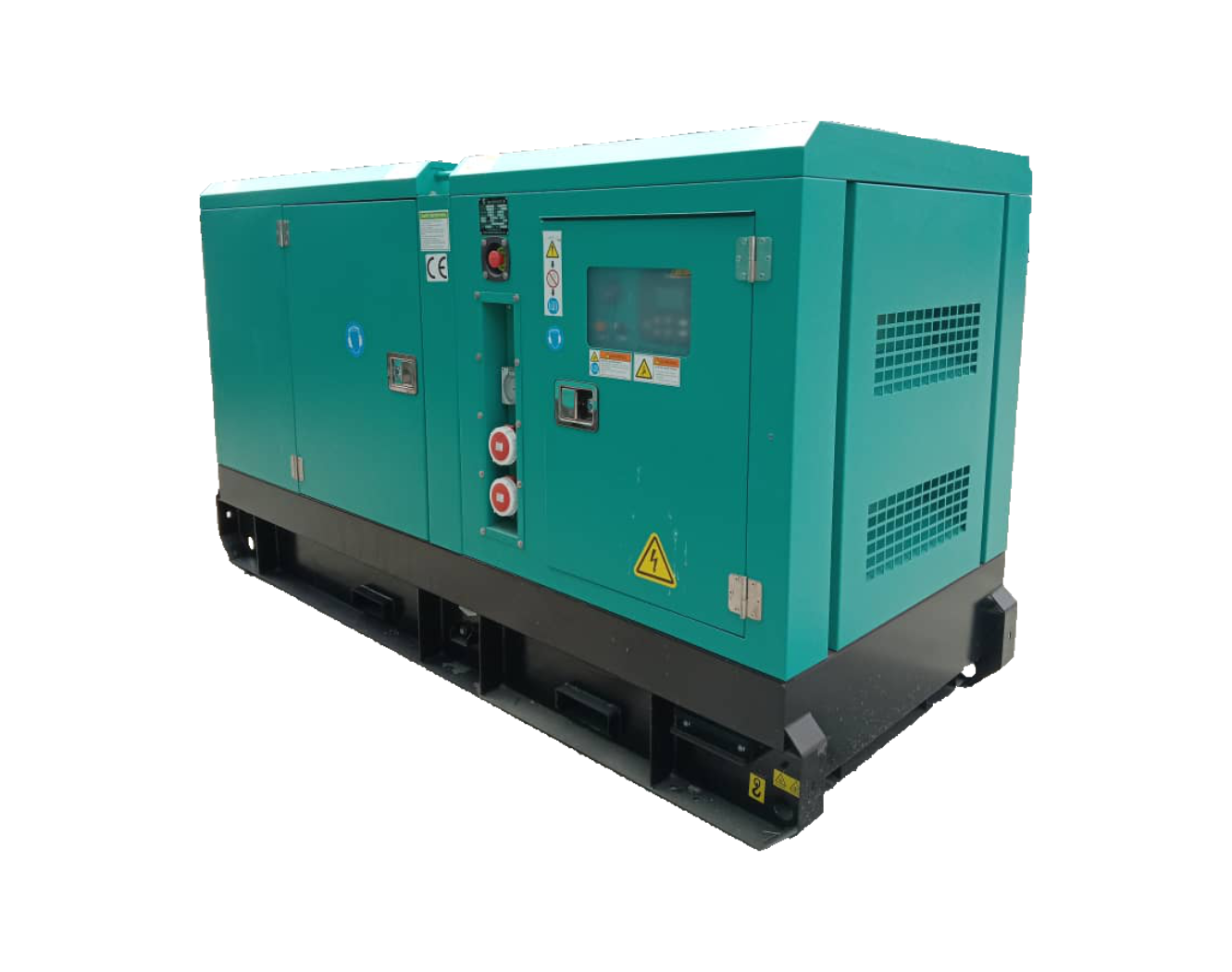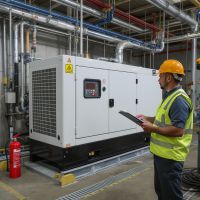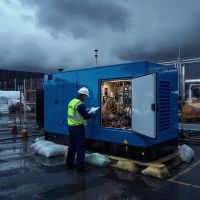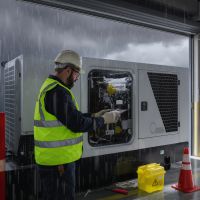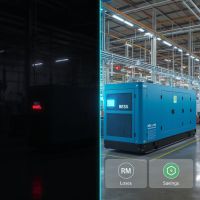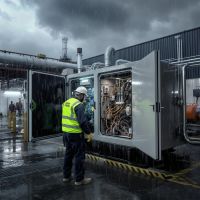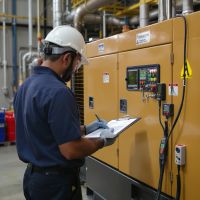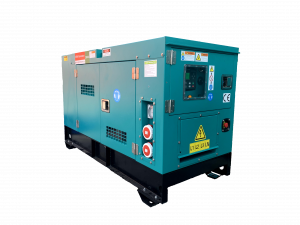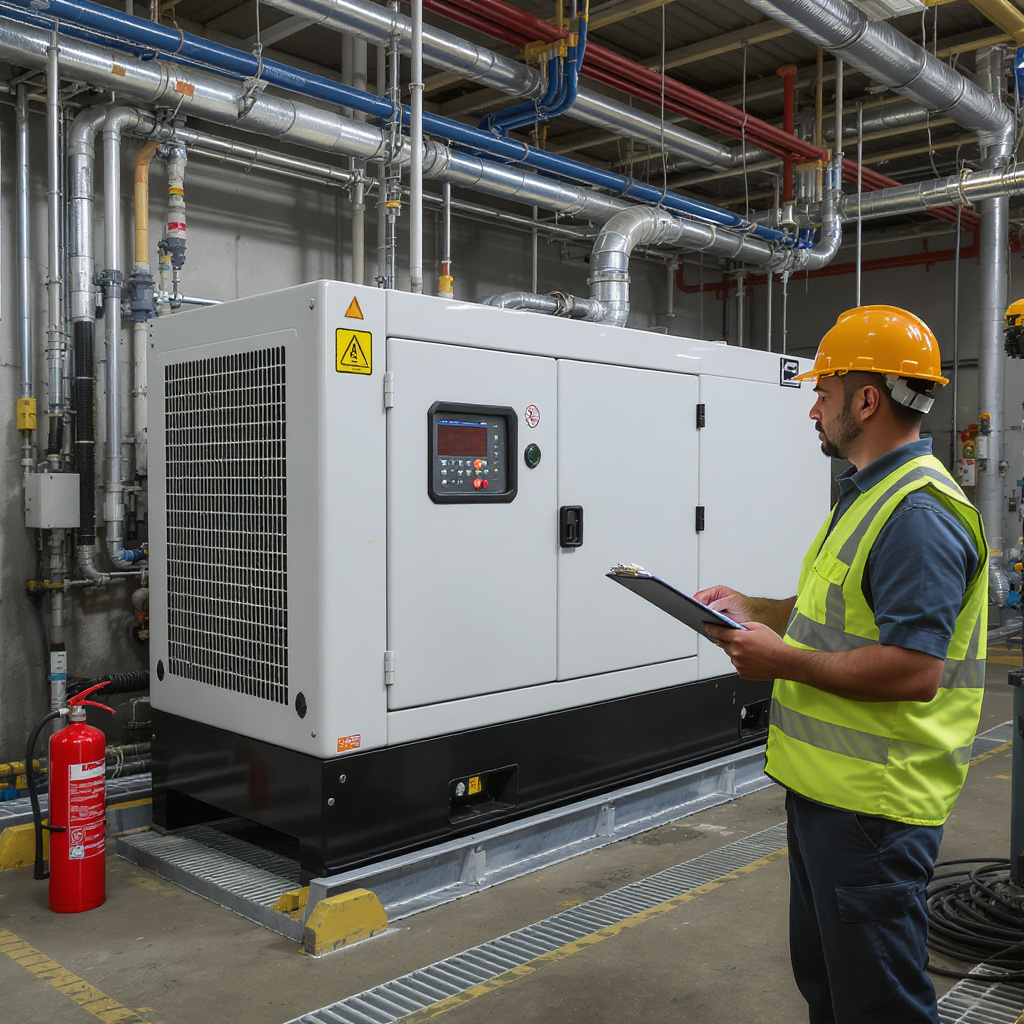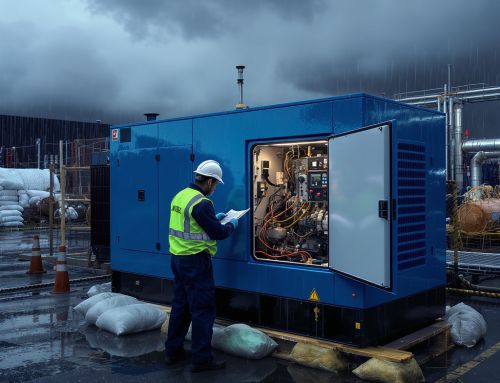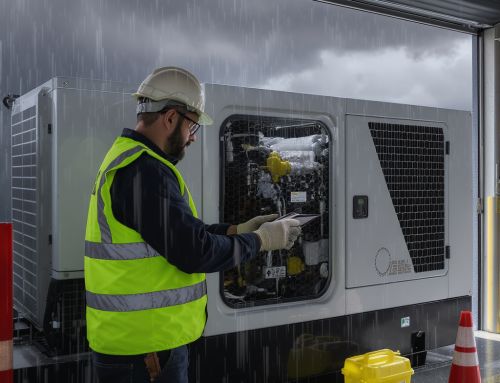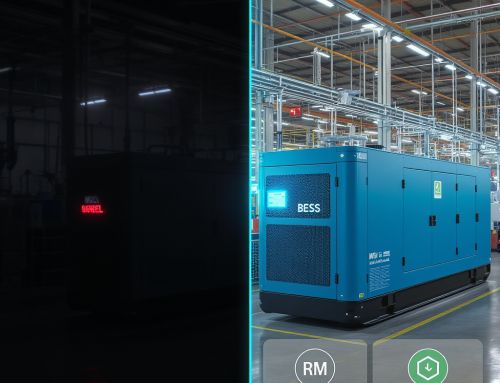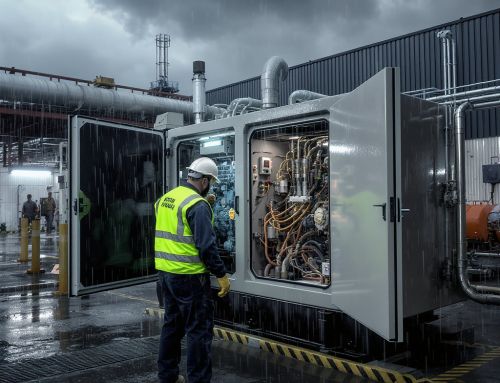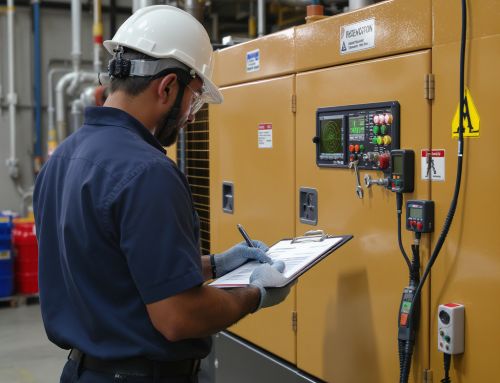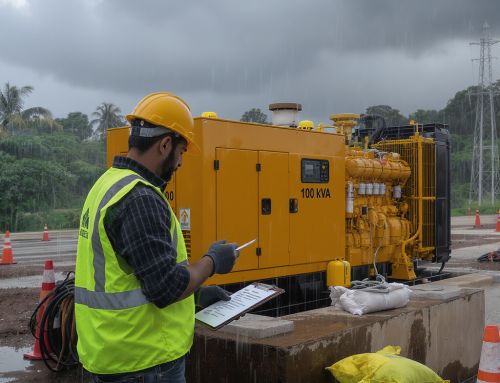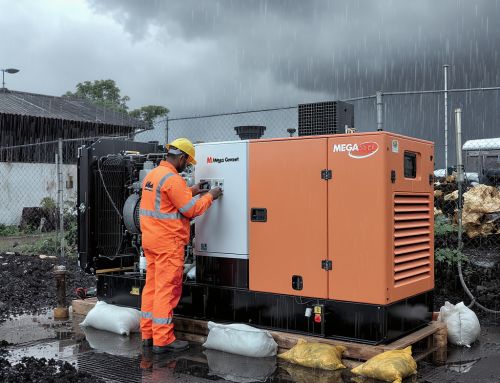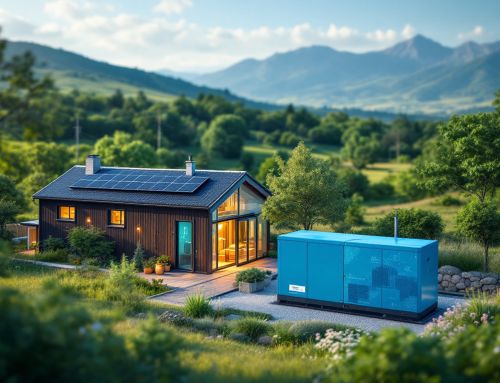Malaysia Factory Backup Generators: A Monsoon-Ready Compliance Checklist (ST/DOSH/Local Council)
Monsoon season in Malaysia brings heavy rainfall, flash floods, and grid disturbances. For factory owners and facility managers, a compliant and well-prepared backup generator can be the difference between uninterrupted production and costly downtime. Use this practical checklist to get your plant monsoon-ready while meeting local compliance expectations from Suruhanjaya Tenaga (ST), DOSH, local councils, and relevant fire and environmental guidelines.
1) Risk and Load Assessment
- Identify critical loads (compressors, chillers, PLCs, air handling units, security systems). Determine minimum kW/kVA and allowable voltage/frequency dips at start-up.
- Account for monsoon-driven demand spikes: sump pumps, dehumidifiers, and extra lighting can increase runtime requirements.
- Size with 20–30% headroom for motor inrush and future growth. For medium factories, consider sets like a 250 kVA MGM Premium Generator to maintain power quality under storm conditions.
2) Site Placement, Flood Mitigation, and Drainage
- Mount the genset on a raised concrete plinth above historical flood levels; add anti-vibration pads to protect bearings and switchgear.
- Ensure clear drainage paths and an oil-water separator for any spill-prone areas. Use bund walls for day tanks according to good engineering practice.
- Keep safe clearances from property boundaries and openings to meet acoustic and exhaust dispersion needs.
3) Electrical Compliance and Safe Changeover
- Ensure the Automatic Transfer Switch (ATS) is sized for fault current and coordinated with upstream TNB protection and downstream MCCs.
- Earthing and bonding: verify earth resistance values, bonding of enclosure, fuel tank, and neutral arrangements are compliant with ST requirements.
- Install surge protection and correct cable sizing in trays/containment with water ingress protection (IP-rated glands).
4) Fuel System Safety and Fire Protection
- Use certified day tanks with overfill protection, leak detection, and bunding. Label lines clearly for supply/return and fit isolation valves.
- Provide adequate ventilation and fire-rated separation where required. Coordinate with fire safety guidelines for extinguishers and hose reels placed near, not on, the generator.
- Keep Material Safety Data Sheets (MSDS) available and train personnel on spill response during heavy rain events.
5) Noise, Emissions, and Neighborhood Considerations
- Select acoustic enclosures or barriers to meet local council by-laws and DOE noise expectations, especially during night testing.
- Route exhaust away from air intakes and occupied areas. Consider low-smoke fuel and modern engines to reduce visible emissions during wet starts.
6) Operations, Testing, and Documentation
- Monthly no-load and quarterly load-bank tests help catch wet-weather failure modes (condensation, moisture ingress, belt slippage).
- Log parameters: voltage, frequency, load %, coolant temp, oil pressure, and battery voltage. Investigate any excursions beyond nameplate.
- Update SOPs for storm response: who starts/stops, fuel refilling sequence, and communication chain with security and maintenance teams.
7) Insurance, Warranty, and Procurement Readiness
- Photograph installations, placards, and serial plates; keep commissioning certificates and test reports for insurers and audits.
- Align warranty terms with your actual duty cycle (standby vs prime) during monsoon months.
- If you need a fast upgrade or replacement, browse our online shop for in-stock home and commercial gensets, or speak with us for bundled ATS and installation.
Your Monsoon-Ready Action Plan
- Verify sizing and runtime with a short load study.
- Rectify placement and drainage risks before the next heavy rain.
- Audit electrical safety: earthing, ATS interlocks, and surge protection.
- Close gaps in fuel safety, bunding, and fire protection.
- Schedule test runs and brief your storm-response team.
Need help selecting or upgrading a compliant factory generator? Our team can recommend right-sized sets and turnkey installations tailored to Malaysian conditions. Start with the 250 kVA MGM Premium Generator or contact us for a bespoke proposal.
Talk to a specialist today: Contact us | Email: genset@genset.com.my | Phone/WhatsApp: +60129689816
We’re here to keep your lines running—safely, quietly, and compliantly—no matter how fierce the monsoon gets.

